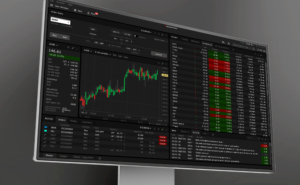NFIB’s Small Business Optimism Index rose 1.2 points to 89.7 in April, beating market expectations for a 0.3-point decrease. This marked the first increase in the index in 2024.
Seven of the ten subcomponents improved on the month, two deteriorated and one remained unchanged. The improving categories included expectations for higher real sales in six months (up six points to -12%), higher reported earnings in the current quarter (up two points to -27%), and plans for capital expenditures in the next six months (up two points to 22%). The declining categories were expectations for credit conditions to ease and expectations for the economy to improve, both down one point to -9% and -37%, respectively.
The net share of businesses planning to increase employment rose for the first time in five months, up one point to 12%. The share of firms with unfilled job openings rose three points to 40%. Quality of labor concerns edged higher with 19% of business owners identifying this as their top business problem, but it continued to come second to inflation concerns which fell modestly in April.
The share of firms currently increasing or planning to increase compensation were unchanged relative to March at 38% and 21%, respectively. The share of businesses ‘raising’ average selling prices fell three points to 25% while the share of those ‘planning’ to raise average selling prices fell by seven points to 26%.
Key Implications
After declining for the past three months, small business confidence improved in April. Most small businesses are planning to increase capital investments and headcounts over the coming months, with sales expectations improving gradually. However, high-level expectations for the economy were little changed on the month, with most small businesses continuing to expect the economy to weaken and credit conditions to remain tight moving forward.
Current wage and price increases on Main Street continue to ease gradually despite remaining above pre-pandemic trends. Moreover, plans for future increases in both have fallen after spiking late last year. Looking forward, easing labor market tightness and producer inflation pressures should help to gradually return consumer inflation closer to the Federal Reserve’s 2% target.









